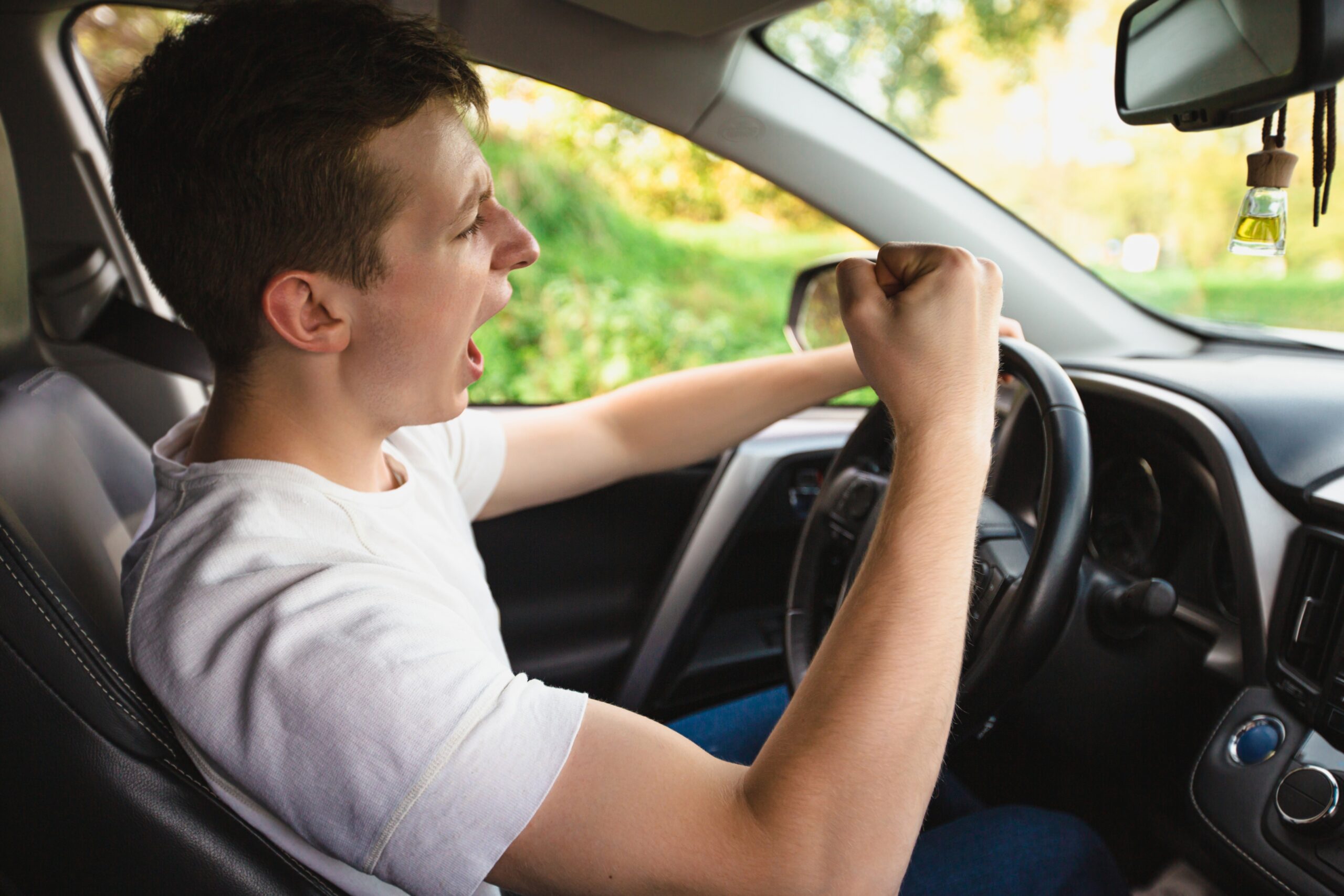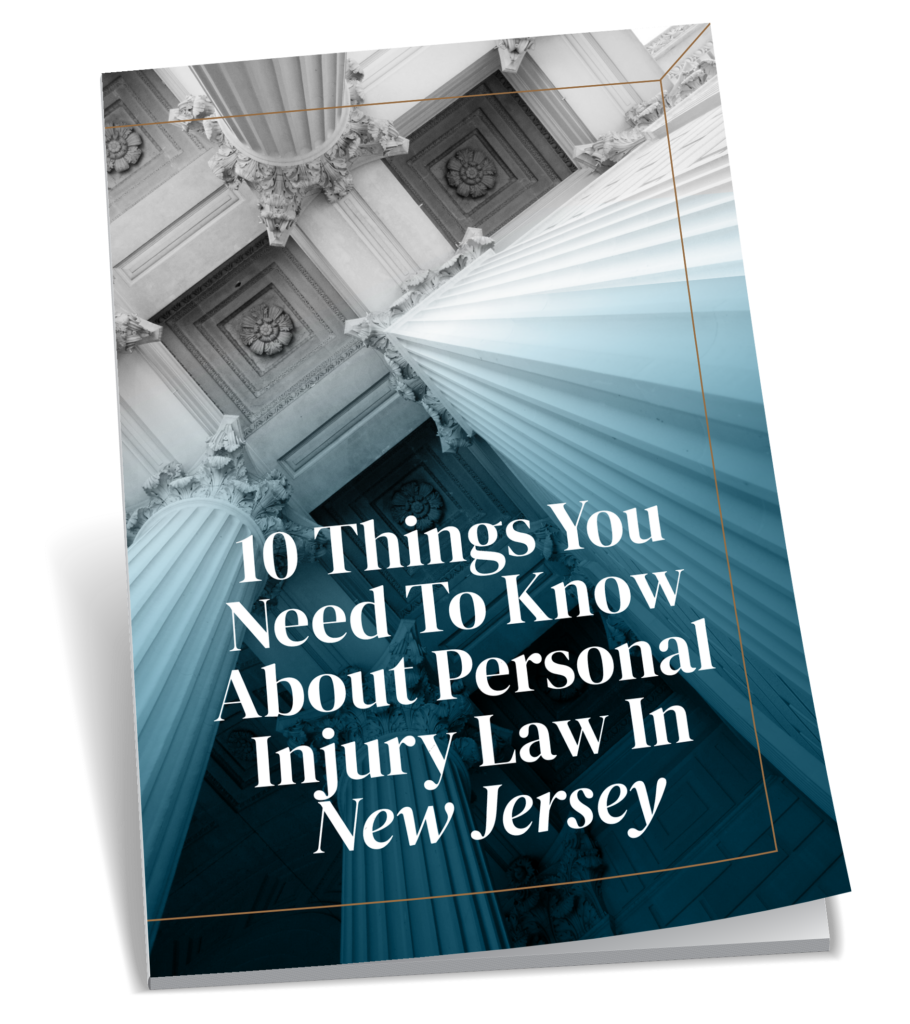Rideshare services like Uber have become a staple of modern transportation, offering convenience and efficiency for riders around the globe. However, as the number of rideshare vehicles on the road increases, so does the potential for accidents.
If you have suffered an injury in an Uber accident, you might naturally wonder about liability and compensation. Gaining a clear understanding of who is responsible for such incidents is the fundamental key to ensuring that you receive the compensation you deserve for your injuries and losses.
Following an injury, always consult an Uber accident lawyer in New Jersey to discuss your legal rights and options.
Uber's On-Duty Insurance Coverage Explained
When an Uber driver is on duty, the insurance coverage provided by Uber varies significantly based on the driver's status within the app at the time of an accident.
Here's a more streamlined look at how Uber's insurance works during different phases of a driver's activity.
Waiting for a Ride Request
When an Uber driver is logged into the app and waiting to accept a ride request, Uber offers limited liability insurance coverage. This coverage fills in gaps that the driver's auto insurance might not cover and includes:
- Liability to Third Parties: Provides up to $50,000 per person for bodily injury, with a total of $100,000 per accident and up to $25,000 for property damage per accident. This coverage is secondary, meaning it only comes into play if the driver's insurance is insufficient or does not apply.
En Route to Pick Up a Passenger or During a Trip
The insurance coverage increases significantly once the driver accepts a trip and is either en route to pick up a passenger or during the trip.
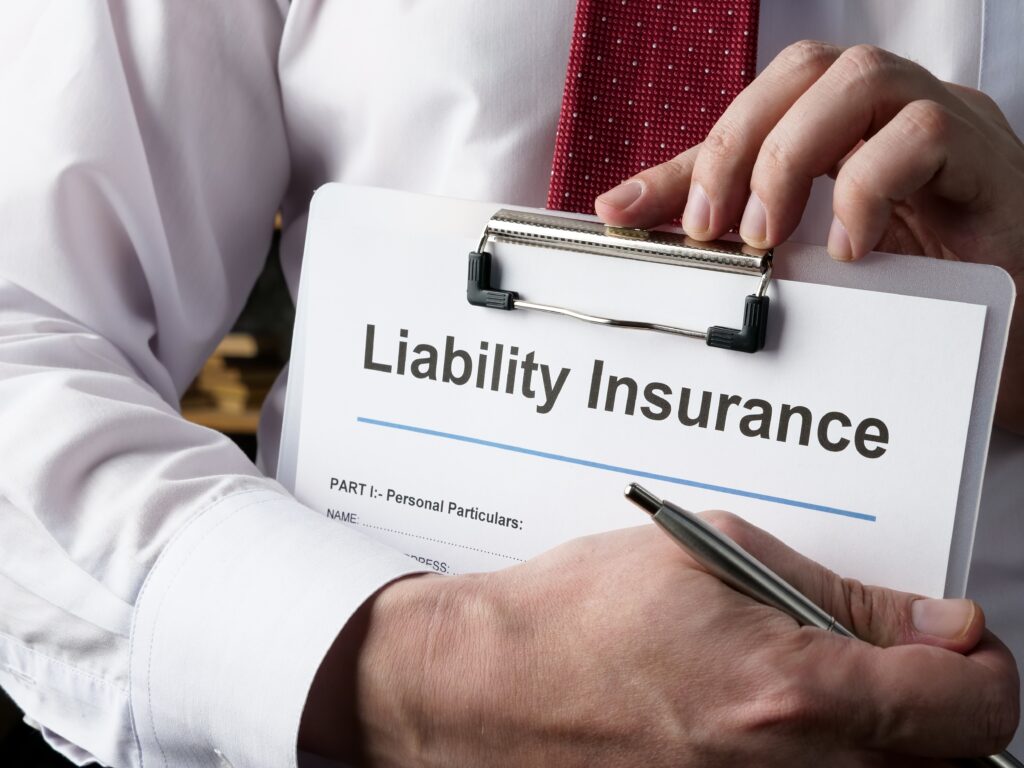
- Comprehensive Liability Coverage: Uber's policy offers up to $1 million in liability coverage per accident during this phase. This broad coverage aims to protect passengers, other drivers, pedestrians, and property in the event of an accident. It covers damages and injuries resulting from accidents where the Uber driver is at fault.
- Uninsured/Underinsured Motorist Bodily Injury: This part of Uber's insurance comes into effect if an accident involves an uninsured or underinsured driver. It provides up to $1 million per accident for bodily injuries, ensuring that passengers and the Uber driver are protected even if the at-fault party lacks adequate insurance.
- Contingent Comprehensive and Collision Coverage: Uber also offers coverage for damage to the driver's vehicle during an accepted trip, with a typical deductible ranging from $1,000 to $2,500. This coverage is contingent upon the driver's comprehensive collision insurance and covers up to the vehicle's actual cash value.
When the Uber Driver Is Off Duty
When an Uber driver is off duty, the driver's auto insurance policy becomes the primary source of coverage for any accidents. This is a significant departure from the scenarios where Uber provides liability coverage and corporate insurance policies that protect passengers and third parties during rideshare operations, which do not cover periods when the driver is not actively using the Uber platform.
The delineation between on-duty and off-duty status is important in determining who is liable for damages and injuries resulting from an accident. When drivers are off duty, they essentially operate as private individuals, not as an extension of the Uber platform.
As a result, you must file any claims for damages or injuries sustained in an accident involving an off-duty Uber driver against the driver's auto insurance policy, similar to any other private vehicle accident.
This means that victims of an accident involving an off-duty Uber driver will navigate the claims process as they would with any car accident, dealing directly with the driver's insurance provider. The process includes filing a claim, undergoing an investigation by the insurance company to assess fault and damages, and negotiating a settlement to cover medical expenses, property damage, and any other losses.
Determining Fault in Uber Accidents
Determining fault in an Uber accident requires comprehensively evaluating all available evidence. This step is fundamental in establishing liability and ensuring that victims can seek appropriate compensation for their injuries and damages. Rideshare accidents intensify the intricacy of this process due to the involvement of multiple parties, including the rideshare company, the driver, and potentially other drivers.
When an accident involves an Uber vehicle, the initial step in determining fault often involves collecting and reviewing police reports. Law enforcement officers responding to the accident scene typically create these reports, providing an impartial overview of the incident, including the positions of the vehicles, points of impact, and any violations of traffic laws. These reports can serve as a cornerstone for the fault determination process, offering a factual basis upon which further investigation can build.
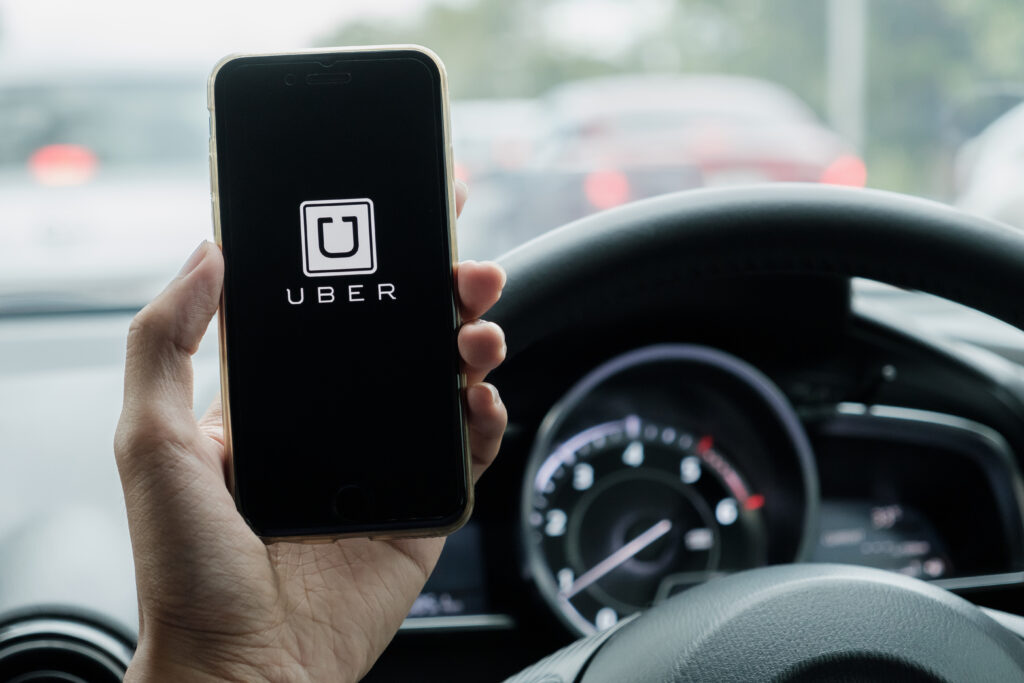
Eyewitness statements are pivotal in piecing together the events leading up to and during the accident. Individuals who saw the accident can provide valuable insights into the driver's behavior, the road conditions, and the sequence of events. Their accounts can corroborate or challenge the information found in police reports and contribute to a more nuanced understanding of the accident.
In establishing fault, besides police reports and eyewitness accounts, other forms of evidence come into play. This may include photographic or video evidence from traffic cameras, dashcams within the vehicles involved, or smartphones. Such evidence can visually depict the accident's circumstances, offering clear proof of the positioning of vehicles, traffic signals, and road conditions at the time of the incident.
Analyzing this evidence often requires experience beyond the initial investigative capabilities of those directly involved in the accident. Accident-skilled reconstructionists, for example, may be called upon to provide professional assessments of how and why the accident occurred.
These expert witnesses use scientific methods to recreate the accident, considering factors like vehicle speeds, angles of impact, and the physics of the crash. Their conclusions can significantly influence the determination of fault, providing an authoritative perspective on each driver's actions and the causative factors of the accident.
Other Parties That Might Be Liable
While the Uber driver or another motorist might initially seem to be at fault, further investigation can reveal that other entities also bear responsibility for the incident. This broader approach to establishing liability is important for ensuring that all avenues for compensation are explored, especially in complex cases where the cause of the accident is not immediately apparent.
Third-Party Drivers
In many scenarios, a third-party driver who is not directly associated with Uber may play a role in causing the accident. This can occur in several situations, such as when another motorist violates traffic laws, drives recklessly, or is otherwise negligent, leading to a collision with an Uber vehicle.
In such cases, the insurance of the third-party driver is typically considered the primary source liable for covering damages and injuries sustained by the victims, forming a crucial aspect in the pursuit of just compensation.
Identifying and definitively proving the involvement of a third-party driver demands a comprehensive investigation. This includes collecting critical evidence from the scene, obtaining witness statements, and potentially analyzing traffic camera footage to strengthen your case.
Vehicle Manufacturers
Another potential source of liability in Uber accidents involves vehicle defects that contribute to the cause or severity of the collision.
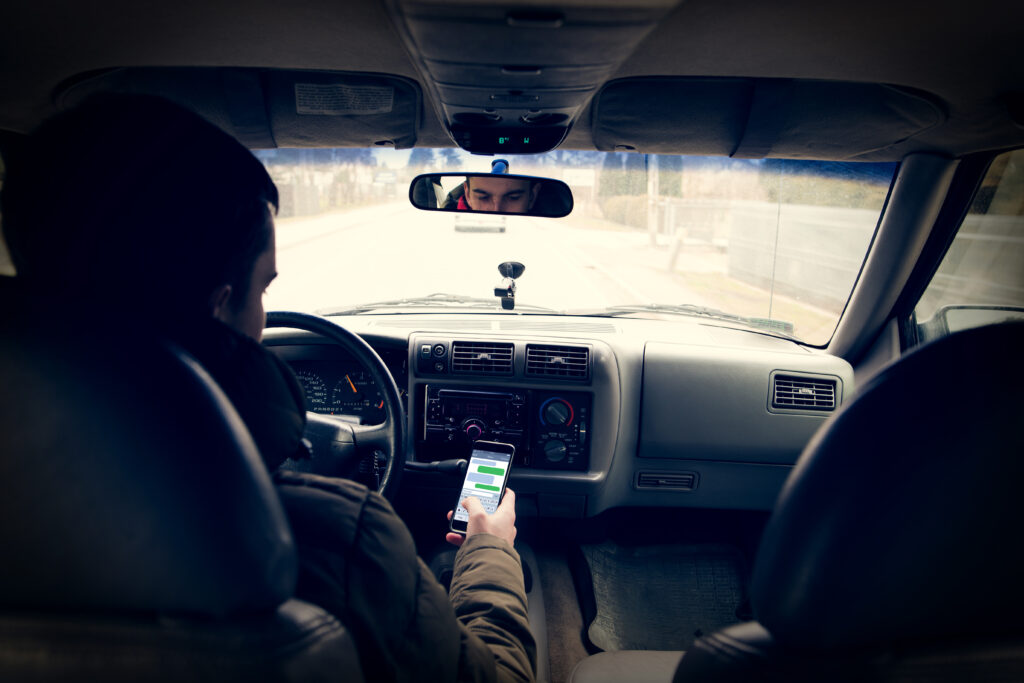
Manufacturers of automobiles must ensure that their products meet safety standards and are free from defects that can endanger the public. When a vehicle malfunction, such as brake failure, steering issues, or faulty airbags, plays a role in an accident, the manufacturer may be held liable under product liability laws.
Pursuing a claim against a vehicle manufacturer involves demonstrating that the defect was present and directly contributed to the accident's occurrence or the injuries sustained. This often requires professional testimony and a detailed examination of the vehicle.
Local Government or Maintenance Entities
The condition of the road itself can sometimes be a contributing factor to an Uber accident. Poor road conditions, such as potholes, unmarked hazards, or eroded surfaces, can lead to accidents by impeding the safe operation of vehicles. Similarly, inadequate signage that fails to properly direct traffic flow or warn of potential dangers can also result in collisions.
In these instances, the liability may fall on local government bodies or maintenance entities responsible for road upkeep and signage. Establishing this liability typically involves proving that the responsible entity was aware of, or should have been aware of, the hazardous condition and failed to take appropriate action to remedy it.
How to Handle the Uber Accident Claims Process
Whether dealing with Uber's insurance, another driver's insurance, or pursuing a lawsuit, the path to compensation often includes various challenges and fluctuations. Here are steps to consider:
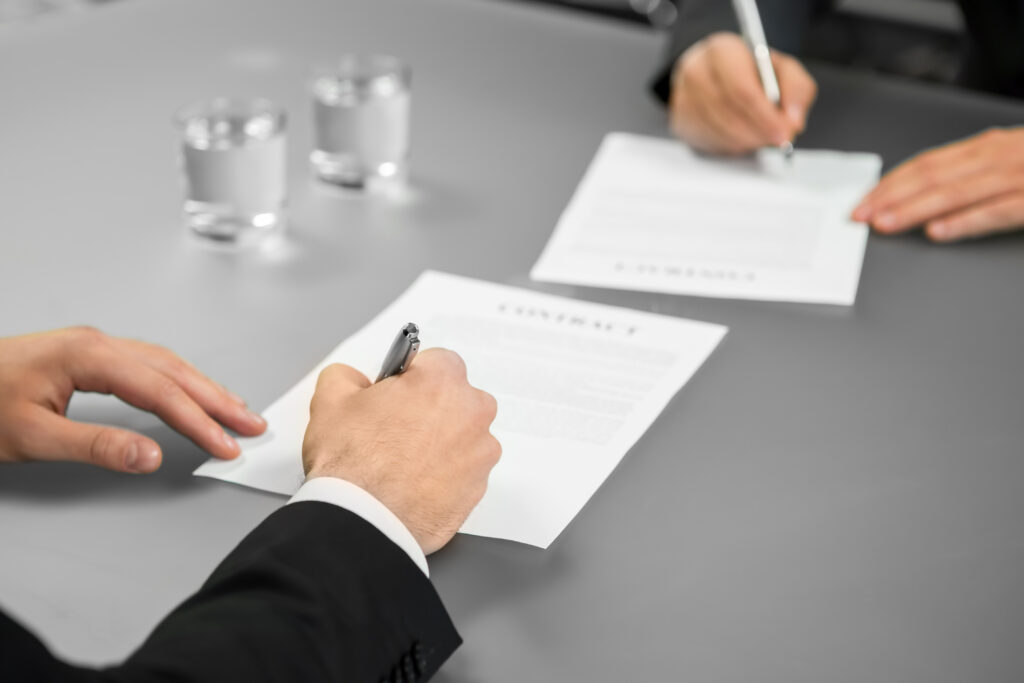
Document Everything
After an Uber accident, one of the most important steps you can take is to document every aspect of the incident. This comprehensive documentation serves as the foundation of your case, providing tangible evidence to support your compensation claims. Here's why and how to effectively document everything related to the accident:
- Photographic Evidence: At the scene, if you can, take photographs of the vehicles involved from multiple angles, capturing the damage, the positions of the cars, any visible injuries, and relevant road conditions or signs. These images can establish the facts of the case and the extent of damages.
- Medical Documentation: Seek medical attention immediately following the accident, even if you feel your injuries are minor. Some injuries may not manifest symptoms immediately. Record all medical visits, treatments, diagnoses, prescriptions, and other documents. These records are key to demonstrating the direct impact of the accident on your health and well-being.
- Correspondence Records: Maintain copies of all communications with insurance companies, including emails, letters, and notes from phone conversations. This documentation can ensure that you receive fair representation in all dealings with insurers and safeguard against misinterpretation or disputes.
- Financial Records: Compile all receipts and records related to expenses incurred due to the accident. This includes medical bills, repair costs for vehicle damage, and other expenses, such as transportation costs if you cannot drive due to your injuries. These financial documents are essential for calculating the total economic impact of the accident.
- Effectively documenting your Uber accident helps build a strong case and streamlines the process of seeking compensation. It accounts for all aspects of your experience, from the immediate aftermath to the long-term effects on your life.
Seek Legal Advice
Consulting an Uber accident attorney experienced in rideshare accidents is advised in these situations, offering several key benefits:
- Knowledge of Rideshare Laws: An Uber accident attorney with experience in rideshare accidents will deeply understand the specific laws and regulations that apply to these cases. They can clarify rideshare insurance policies, liability issues, and the legal obligations of all parties involved.
- Assessment of Your Case: A skilled Uber accident lawyer can evaluate the details of your accident to determine the strength of your case, potential challenges, and the compensation you may be entitled to. This initial assessment sets realistic expectations and formulates a strategy moving forward.
- Negotiation with Insurance Companies: Insurance companies often aim to minimize payouts. An attorney can negotiate, ensuring you receive fair compensation for your injuries, damages, and other losses. Their experience and knowledge of legal tactics can be a significant advantage in these negotiations.
- Guidance Through the Legal Process: If your case goes to court, an Uber accident attorney handles all aspects of the legal process, from filing the lawsuit to representing you in court, alleviating the burden on you, and allowing you to focus on your recovery.
- Seeking legal advice early on can make a substantial difference in the outcome of your case. An attorney serves as your advocate, advisor, and ally in seeking justice and compensation for the losses you have suffered from an Uber accident.
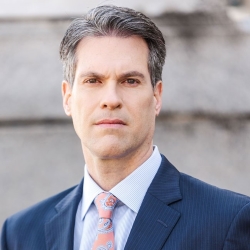
Uber Accident Lawyer in New Jersey
Contact an Uber Accident Lawyer
As the landscape of rideshare services undergoes continuous evolution, the corresponding laws and regulations governing them also adapt; for individuals who have sustained injuries in an Uber accident, comprehending your rights becomes the initial crucial step towards seeking justice and compensation. Engaging a lawyer's experience proves invaluable in navigating the intricacies of determining liability and securing accountability for those responsible. The dynamic nature of rideshare regulations underscores the importance of legal guidance to protect your rights in this ever-changing environment.
